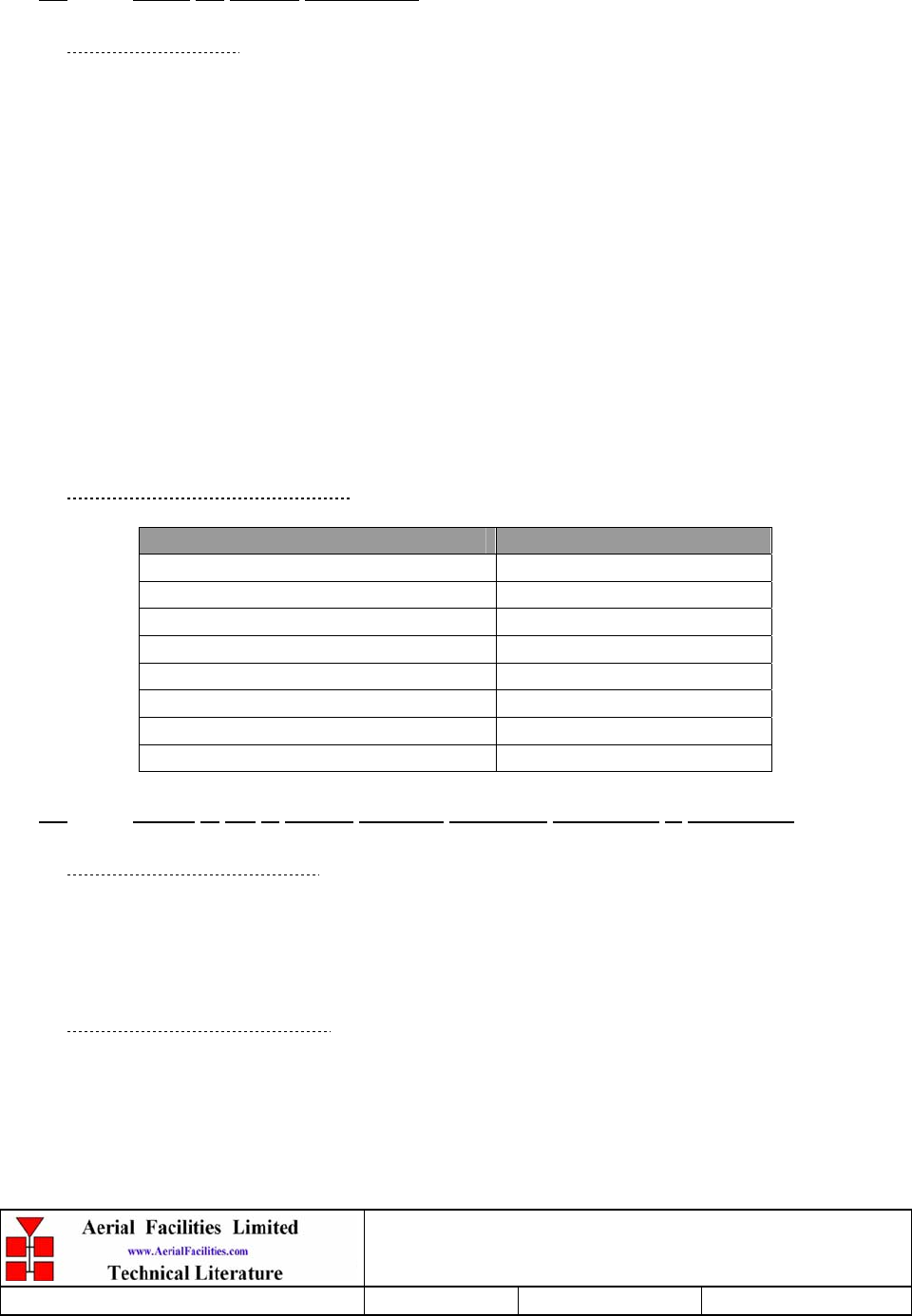User's Manual

Weehawken Tunnel VHF Repeater System
User/Maintenance Handbook
Handbook N.-Weehawken_VHF Issue No:-A Date:-05/08/05
Page:-
54 of 75
7.5 2-Port RF Isolator (08-930002)
7.5.1 Description
The purpose of fitting an isolator to the output of a transmitter in a multi-transmitter
environment is such that each output is afforded a degree of isolation from every other. Were
this not to be the case, two simultaneous transmissions could interfere to create intermodulation
products, especially in the non-linear power amplifier output stages of the transmitters. Whilst
this effect would not affect the intelligibility of the two original transmissions, a further two
new transmissions would be created which could themselves cause interference to third party
users.
The ferrite isolator is a ferro-magnetic device, which has directional properties. In the forward
direction, RF arriving at the input is passed to the output with minimal attenuation. In the
reverse direction, RF arriving at the output due to reflected power from a badly matched load, or
due to coupling with another transmitter, is routed into an RF load where it is absorbed. The
isolator therefore functions to prevent reflected RF energy reaching the power amplifier where it
could cause intermodulation products or premature device failure.
7.5.2 Technical Specification
PARAMETER SPECIFICATION
Frequency range: 100-300MHz
Bandwidth (% of centre frequency): 2
Isolation: 35dB (typical)
Insertion loss: 0.25dB (typical
V.S.W.R: 1.15:1 (typical)
Maximum power: 200Watts (per carrier)
Connector: SMA
Weight: 200gm (approximately)
7.6
¼Watt 0- -30 & 0-15dB Switched Attenuator (10-000701 & 10-000901)
7.6.1 General Application
In many practical applications for Cell Enhancers etc., the gain in each path is found to be
excessive. Therefore, provision is made within the unit for the setting of attenuation in each
path, to reduce the gain.
7.6.2 Switched Attenuators
The AFL switched attenuators are available in two different types; 0 – 30dB in 2 dB steps, or 0
– 15dB in 1 dB steps. The attenuation is simply set using the four miniature toggle switches on
the top of each unit. Each switch is clearly marked with the attenuation it provides, and the total
attenuation in line is the sum of the values switched in. They are designed to maintain an
accurate 50 impedance over their operating frequency at both input and output.










